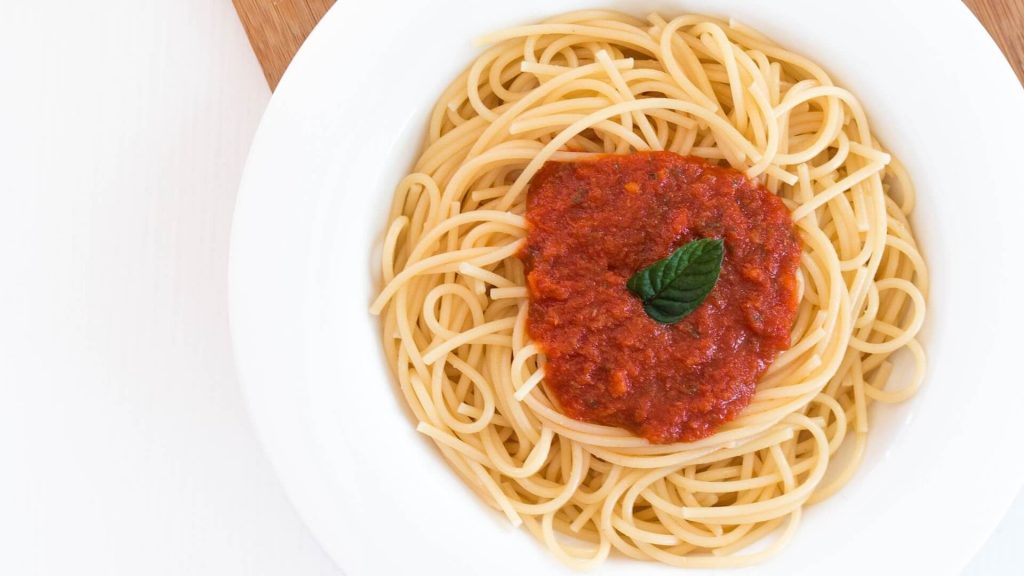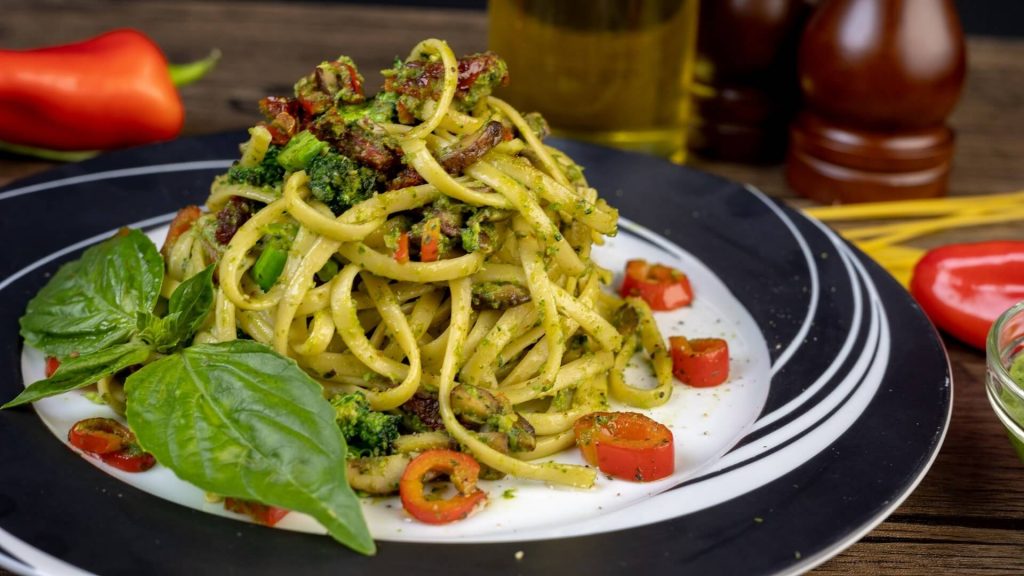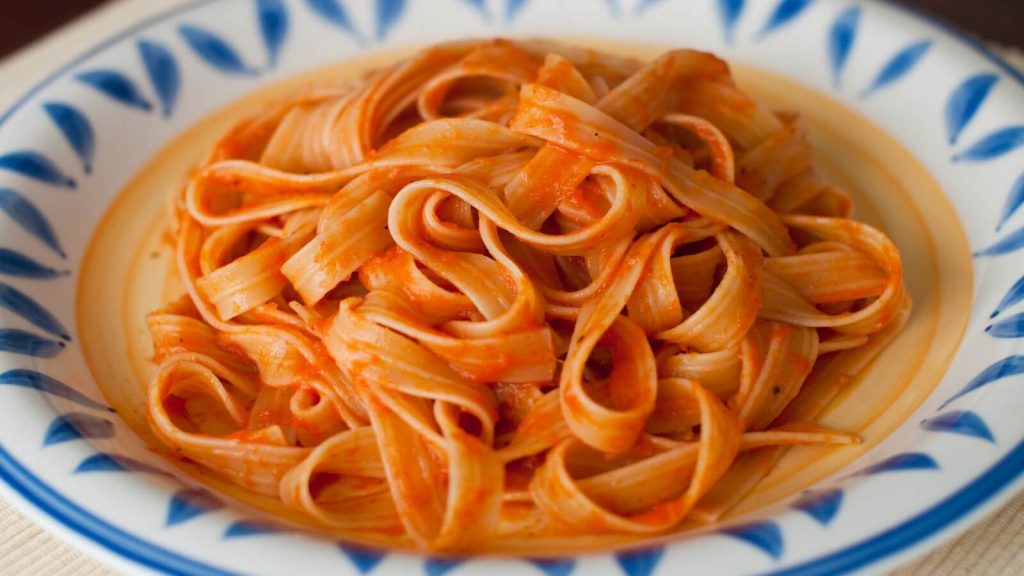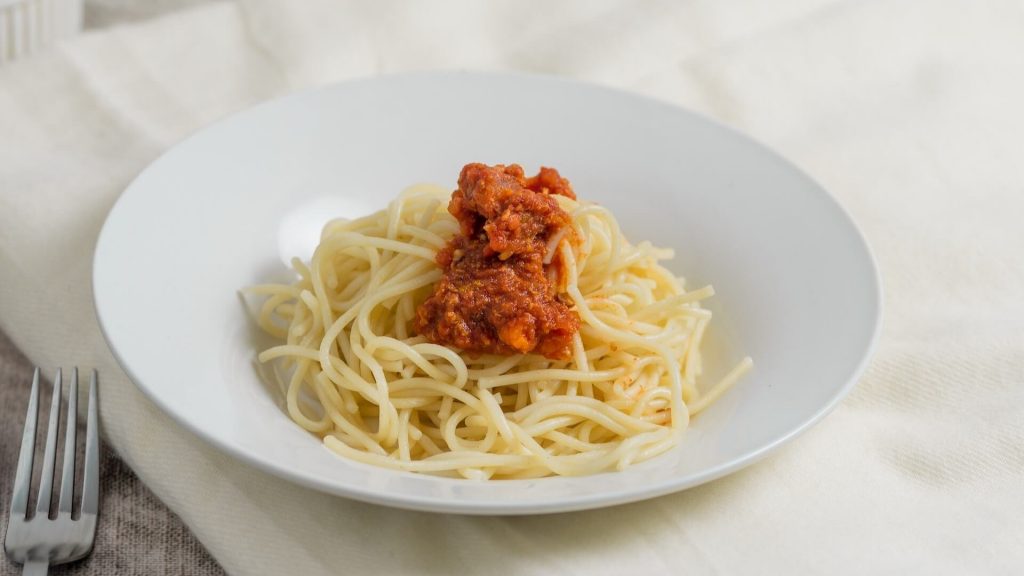Homemade pasta sauces possess a unique allure, infusing dishes with a symphony of flavors that can mesmerize the palate. Beyond the culinary outcome, the process of crafting these sauces is inherently rewarding—a transformative journey that can turn a simple pasta dish into a memorable dining experience.
In this exploration, we’ll delve deep into the world of crafting homemade pasta sauces, ensuring that each sauce receives the attention it deserves. Whether you’re a seasoned chef or a beginner in the kitchen, there’s ample room for creativity when it comes to experimenting with flavors, techniques, and ingredients. So, let’s roll up our sleeves, don our aprons, and embark on this flavorful odyssey.
Starting with Quality Ingredients
Before we immerse ourselves in the art of homemade pasta sauces, it’s paramount to emphasize the pivotal role of top-notch ingredients. The quality of these components sets the stage for an exceptional sauce. Here’s an in-depth look at the key considerations:
Tomatoes
The choice of tomatoes lays the cornerstone for your sauce. Opt for ripe, juicy varieties like San Marzano tomatoes, known for their natural sweetness and robust flavor. If using canned tomatoes, ensure they are of high quality. You can also consider using fresh tomatoes by blanching them, removing the skin, and crushing them for a richer, fresher taste.
Herbs and Spices
Freshness is key when it comes to herbs. Hand-picked basil, oregano, and thyme impart an unparalleled aromatic depth. Garlic and onions, finely minced and sautéed, provide the base’s essential flavor. For those who relish a spicy twist, red pepper flakes add a tantalizing heat. Experiment with fresh versus dried herbs; while fresh herbs offer bright, vibrant flavors, dried herbs can provide more concentrated and earthy notes.
Olive Oil
The quality of olive oil significantly influences the overall mouthfeel of your sauce. A premium extra virgin olive oil lends a luxurious texture and imparts a subtle fruity note that complements the other ingredients. It’s essential to choose an olive oil that suits your personal taste—whether it’s a mild, buttery oil or one with a robust, peppery finish.
Cheese
The cheese you choose can elevate your sauce to another level. Parmesan, Pecorino Romano, or Grana Padano are excellent choices, offering a delightful savory and umami dimension. Grate the cheese just before adding it to the sauce to preserve its freshness and flavor.
Wine
A touch of quality white or red wine can add complexity and depth to your sauce. When selecting wine, remember that if it’s not good enough to drink, it’s not good enough for your sauce. White wine pairs beautifully with cream-based sauces, while red wine enhances the depth of tomato-based sauces. Consider experimenting with different wine varietals to discover the nuances they can bring to your sauce.
Now that we’ve scrutinized our ingredients, let’s delve into some delectable homemade pasta sauce recipes, each with its own distinct character, that will undoubtedly elevate your dining experience.
Classic Marinara

Marinara sauce is a beloved classic, a versatile foundation for countless Italian dishes. Its simplicity allows the vibrant tomato flavor to shine through, with garlic and a medley of herbs enhancing its savory profile. To take your Marinara to the next level, consider using fresh, vine-ripened tomatoes when they’re in season. Slow-cooking the sauce for several hours can also intensify its flavors, yielding a rich, robust taste. Marinara is exceptionally versatile; aside from pasta, it can enhance dishes like pizzas, and meatball subs, or even as a dipping sauce for fried mozzarella sticks.
Creamy Alfredo

Alfredo sauce embodies creamy indulgence, with its velvety, rich texture and taste. Butter and heavy cream combine with freshly grated Parmesan cheese to create a decadent sauce that clings lovingly to fettuccine. While the traditional Alfredo recipe is heavenly on its own, you can experiment with variations such as adding sautéed mushrooms, spinach, or roasted garlic for extra depth and complexity. Another option is to use a combination of cream and milk to achieve a slightly lighter version that retains its creamy character.
Pesto Perfection

Pesto sauce is a vibrant, aromatic delight, a burst of summer in every bite. Fresh basil, pine nuts, Parmesan cheese, garlic, and olive oil blend harmoniously to create a green, herbaceous masterpiece. The choice of basil is crucial; opt for the freshest leaves available, and consider using a mortar and pestle for a truly authentic texture. While pine nuts are the classic choice, you can experiment with other nuts like walnuts or pecans to impart a unique character to your pesto. Additionally, try variations such as arugula or spinach pesto for a different twist.
Roasted Red Pepper Sauce

Roasted Red Pepper Sauce brings smoky elegance to your pasta. The peppers are roasted, peeled, and seeded, imparting a depth of flavor that pairs perfectly with a variety of pasta types. To roast peppers, place them under a broiler or directly over an open flame until the skin is charred, then peel and puree them for a smokier taste. You can also enhance the sauce’s creaminess by incorporating a small amount of heavy cream or mascarpone cheese. This sauce pairs wonderfully with pasta varieties like farfalle, rotini, or orecchiette, allowing the sauce to cling to their nooks and crannies.
Arrabbiata Sauce

Arrabbiata Sauce, renowned for its fiery kick, adds a spicy flair to your pasta dishes. It’s a combination of crushed tomatoes, garlic, red pepper flakes, and olive oil, simmered to perfection. The level of spiciness can be tailored to your taste by adjusting the amount of red pepper flakes. To deepen the flavor, consider incorporating anchovy fillets when sautéing the garlic, or add olives and capers for a Mediterranean twist. Arrabbiata sauce pairs splendidly with penne, rigatoni, or spaghetti, making it an ideal choice for those who enjoy a bit of heat in their pasta.
Conclusion
Crafting homemade pasta sauces is a culinary adventure that promises an immensely rewarding dining experience. It’s an opportunity to experiment, savor, and create dishes that reflect your unique culinary persona. The secret to truly exceptional homemade pasta sauces lies in the quality of your ingredients, your passion for cooking, and your willingness to explore new flavors and techniques.
So, whether you opt for the timeless Marinara, the indulgent Alfredo, the fresh Pesto, the smoky Roasted Red Pepper Sauce, or the spicy Arrabbiata Sauce, relish the joy of crafting and savoring each saucy delight on your culinary journey. Happy cooking!



